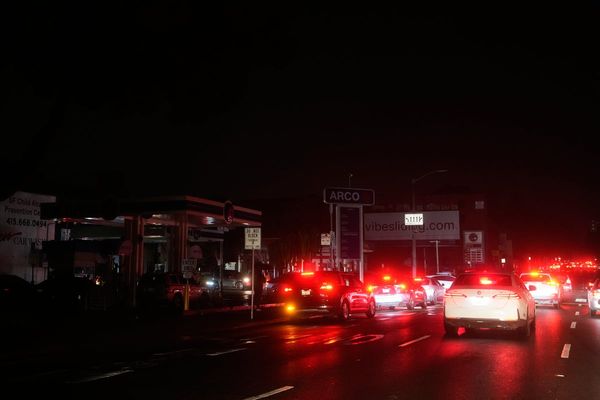
Enjoy our content? Make sure to set Android Central as a preferred source in Google Search, and find out why you should so that you can stay up-to-date on the latest news, reviews, features, and more.
Welcome to Tech Talk, a weekly column about the things we use and how they work. We try to keep it simple here so everyone can understand how and why the gadget in your hand does what it does.
Things may become a little technical at times, as that's the nature of technology — it can be complex and intricate. Together we can break it all down and make it accessible, though!

How it works, explained in a way that everyone can understand. Your weekly look into what makes your gadgets tick.
You might not care how any of this stuff happens, and that's OK, too. Your tech gadgets are personal and should be fun. You never know though, you might just learn something ...
What is lossless audio?

It's hard to get excited over something if you have no idea what it really is, and for a lot of people, that's the case when it comes to audio and audio equipment. With Spotify finally making the move to provide higher quality (maybe) streaming music with its new Lossless Listening feature, it's time to figure out if you should even care.
Lossless audio is technically a digital compression method that reproduces the original analog sound perfectly. With the right equipment, it can be converted back to analog (speakers need this) and be an exact reproduction of the original.
Normally, you need to compress audio files so they aren't too large to stream. An uncompressed WAV file can be huge, even bigger than a video file. Lossless formats compress audio and programmatically toss out unnecessary information while keeping everything needed to recreate the original.

On the more practical side, lossless audio is a type of compression that provides enough information so that a human can't detect a difference from the original, but it's compressed and not identical. If it's compressing information, it's no longer an exact copy. But the term works and fits.
You might have been listening to the "practical" version of lossless audio all your life and never even knew it. CD quality is a type of lossless audio. The files are differentiated by their bitrate, and a CD-quality file is 16-bit/44.1kHz (a bitrate of 16 and a sample rate of 44.1kHz). Other popular lossless formats are 24-bit/48kHz or 96kHz, and even 32-bit with as high as 128kHz for a sample rate.
Confused yet? Don't be. This is cool to know if you're into this kind of thing, but in layman's terms, lossless audio is music that should sound better and more like the original recording than a lossy file like those MP3 files you downloaded from Napster back in the day. That's what you need to know if you don't care about how any of it works.
Do you need this in your life?

I hate to say it, but maybe. If you can tell the difference when listening and using the phone and headphones you like, then yes, you totally should want this. Enough to pay extra by signing up for Spotify Premium or Apple Music? That depends on you.
That's the thing. There is a big difference, and if you can hear it, you already know that. However, not everyone can tell the difference, and not every piece of gear we like is capable of making the difference.
A normal and budget-friendly phone like the Pixel 9a and a cheap pair of wired (more on that in a bit) headphones will be able to take advantage of a lossless stream. When it comes to Bluetooth, everything turns into a big maybe again. Since almost everyone uses Bluetooth headphones or earbuds, that is the real deciding factor.

It all comes down to file size and bandwidth. Qualcomm's aptX Lossless Bluetooth codec gives us a perfect example. According to Qualcomm, the new codec can stream at about 1.2 Mbps to deliver CD-quality 16-bit/44.1kHz audio.
The aptX Adaptive codec has a maximum bitrate of 420kbps. The aptX HD codec has a maximum bitrate of 576kbps, and Sony's LDAC codec has a maximum bitrate of 990kbps. For reference, a CD audio file is 1,411kbps, so Qualcomm's "lossless" codec is close enough that almost nobody will ever be able to detect a difference.
Now, is your device supported? Are your headphones? The Snapdragon sound platform is supported on the Snapdragon 8 Gen 1 or newer and the S3 audio chip or newer, so it very well could, and the technical specs of your device can give you the answer. However, it may still not work with your supported phone and headphones, in which case, there are still workarounds and accessories you can buy to take advantage of Spotify Lossless.
This is a perfect scenario, and any sort of interference can make all the difference. Bluetooth is like that. The solution and recommendation from companies like Spotify is to use wired headphones.
So the answer is still maybe. If you can hear the difference and it just doesn't work for you, try it with cheap wired headphones and a cheap USB-C audio adapter. Is that worth it to you?







